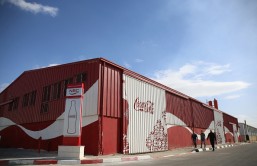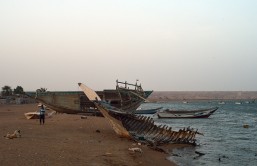Researchers from the Woods Hole Oceanographic Institution predicted that low levels of radiation originating from the Fukushima nuclear power plant in Japan will reach the U.S West Coast this April.
According to Ken Buesseler, a chemical oceanographer from Woods Hole, current models show that the radiation will be at extremely low levels, and it won't harm humans and marine animals. However, he stated that the problem needs more attention as there is no government agency monitoring the issue.
"I'm not trying to be alarmist," Buesseler told USA Today. "We can make predictions, we can do models. But unless you have results, how will we know it's safe?"
Three years have passed since the tsunami in Japan caused a nuclear meltdown. In July 2013, the Tokyo Electric Power Co admitted that there is a leak in their reactors. This causes contaminated waters to blend into the ocean. Since then, the worry about contaminated water grew worse, and scientists have developed different models to study the problem further.
Currently, there are three general model developed for the arrival of the contaminated water. The most commonly cited model is the one that predicts that the water will arrive by April.
"The models show it will reach north of Seattle first, then move down the coast," Buesseler said to USA Today.
Buesseler's project, How Radioactive is Our Ocean? will recruit volunteers to gather samples of water from the Pacific Coast and use crowd-sourced money for funding. He has sampled the waters of Washington and California and analysis showed that the water is not yet contaminated.
Another project that aims to monitor the plume's arrival is Steve Manley's Kelp Watch 2014. About 50 scientists will be working together to analyze kelp samples and see if they have been contaminated with radioactive chemicals from the nuclear power plant leak in Japan in 2011.
This study was presented during the Ocean Sciences conference held in Hawaii.








